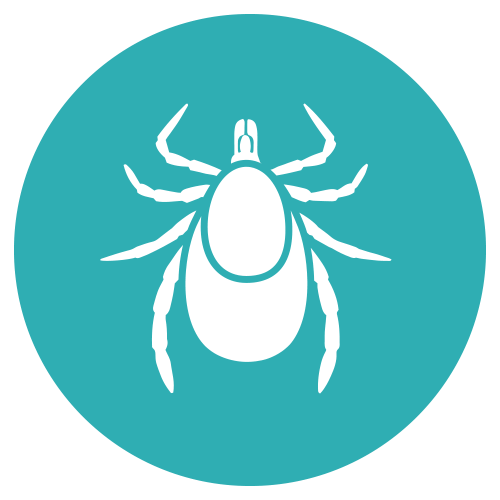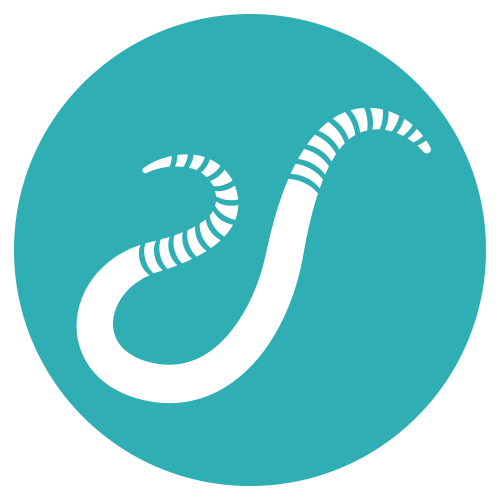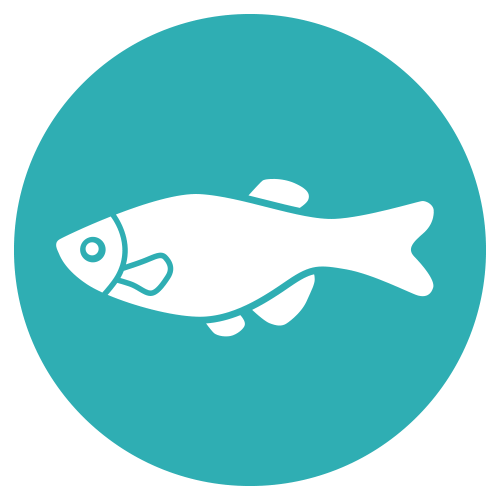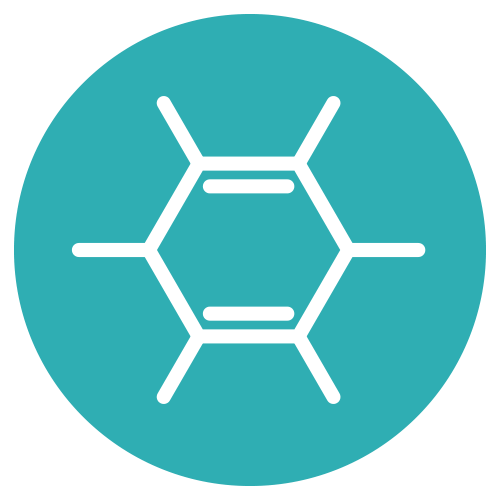Model organism
Ce (C. elegans) / N2 (wild type)
Ce (C. elegans) / JD608 (ML resistant)
Ce (C. elegans) / RB2119 (AAD resistant)
Ce (C. elegans) / CB904 (LEV resistant)
Ce (C. elegans) / CB3474 (BZI resistant)
Ce (C. elegans) / Others (ask us)
| Treatment exposure modality: | Immersion |
| Efficacy type: | Motility reduction (%) |
| Stock solution: | 20 mM in DMSO |
| Volume / datapoint: | 0.6 μL (triplicates) |
| Starting concentration: | 75 μM |
In Brief:
The Invenesis C. elegans development assay measures the effect of compounds on developing nematodes.
Eggs of C. elegans are deposited in a multi-well plate together with food (E. coli) and the treatment formulated in DMSO. Plates are incubated for 48h to allow the development of nematodes up to the L4-stage. The effect of compounds is measured as motility reduction using an automated data acquisition system. Efficacy is expressed in % motility reduction compared to negative controls.
Definitions:
To ensure flawless communication, the following definition section introduces the vocabulary used at INVENesis. You will find this vocabulary on our quotes, raw data files, processed data files, preliminary and final reports. Open the Lexicon below.









